Retail chains closed an average of 20 stores each day in the first half of 2012, accelerating the rate of high street closures as hard-hit retailers struggle to operate in the current economic climate.
The closure rate per day increased to 20 per day from 14 per day in 2011, while a net total of 953 stores closed in the first six months of the year compared with 174 in the whole of 2011.
And the rate of closures has sped up in the second half of the year. In July and August the rate of closures per day hit 32.
The figures from consultants PwC and the Local Data Company show the impact retail failures this year had on the high street, as Peacocks, Blacks Leisure, Game Group, and Clinton Cards among others all collapsed. Although all were rescued from administration, many stores were closed as a result.
PwC insolvency partner and retail specialist Mike Jervis said: “All retailers in distress have too many locations. The insolvencies of Game, Peacocks and Clintons demonstrated this in spades.
“Relatively long leases, with inflexible terms, have been entered into in a growth phase of the economy that is no longer appropriate.
“Where over-expansion has already taken place, retailers need to face that reality and formulate a strategic plan in partnership with landlords, not in confrontation with them.”
In the first half of the year computer games stores, toy shops, clothes shops, gift shops, jewellers, card and poster shops and furniture stores were hardest hit when measuring across big retail chains in 500 town centres.
But units offering cheque cashing, pawnbrokers, discount and convenience stores, coffee shops, bookmakers, bureaux de change and charity shops bucked the trend with growth.
PwC chief retail adviser Christine Cross said: “If all retailers in distress have too many stores, then the appetite of the convenience food sector and value chain players to consume excess high street space is a symptom of the continuing pressure on consumer spend.
“Apparent interest in the JJB stores [in the wake of its collapse] from value chain players shows that some retail sectors are still in growth.”





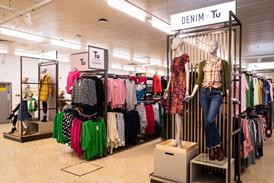
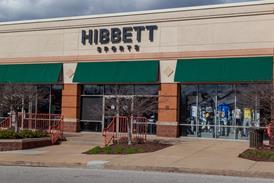



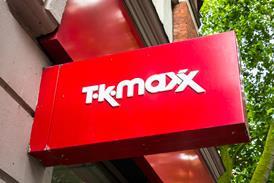







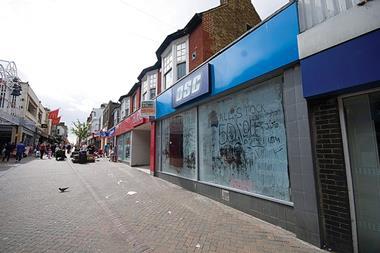
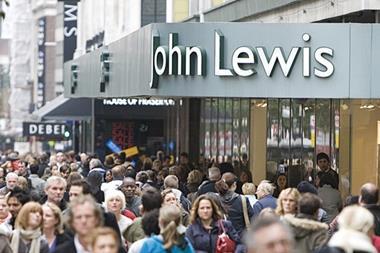




No comments yet